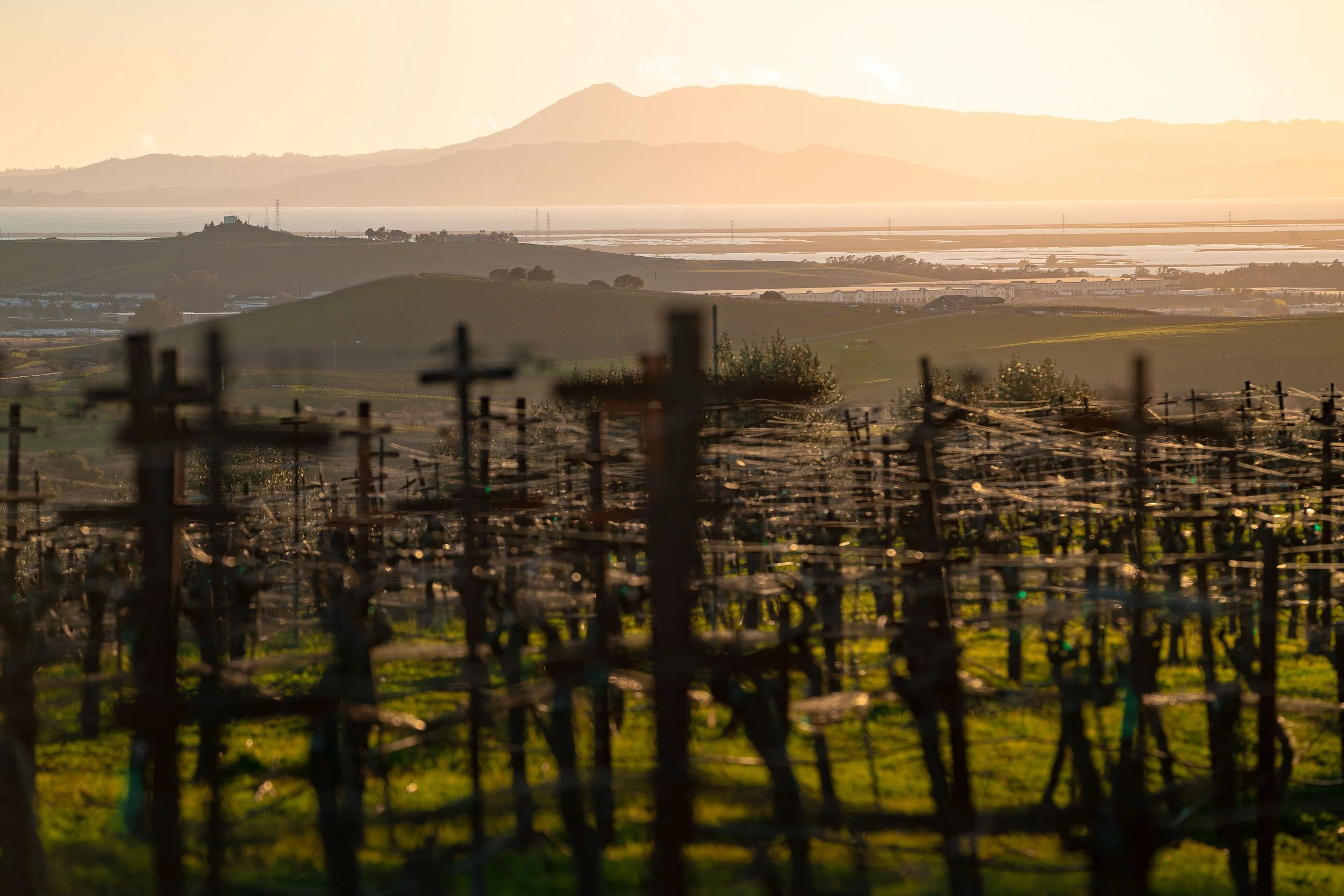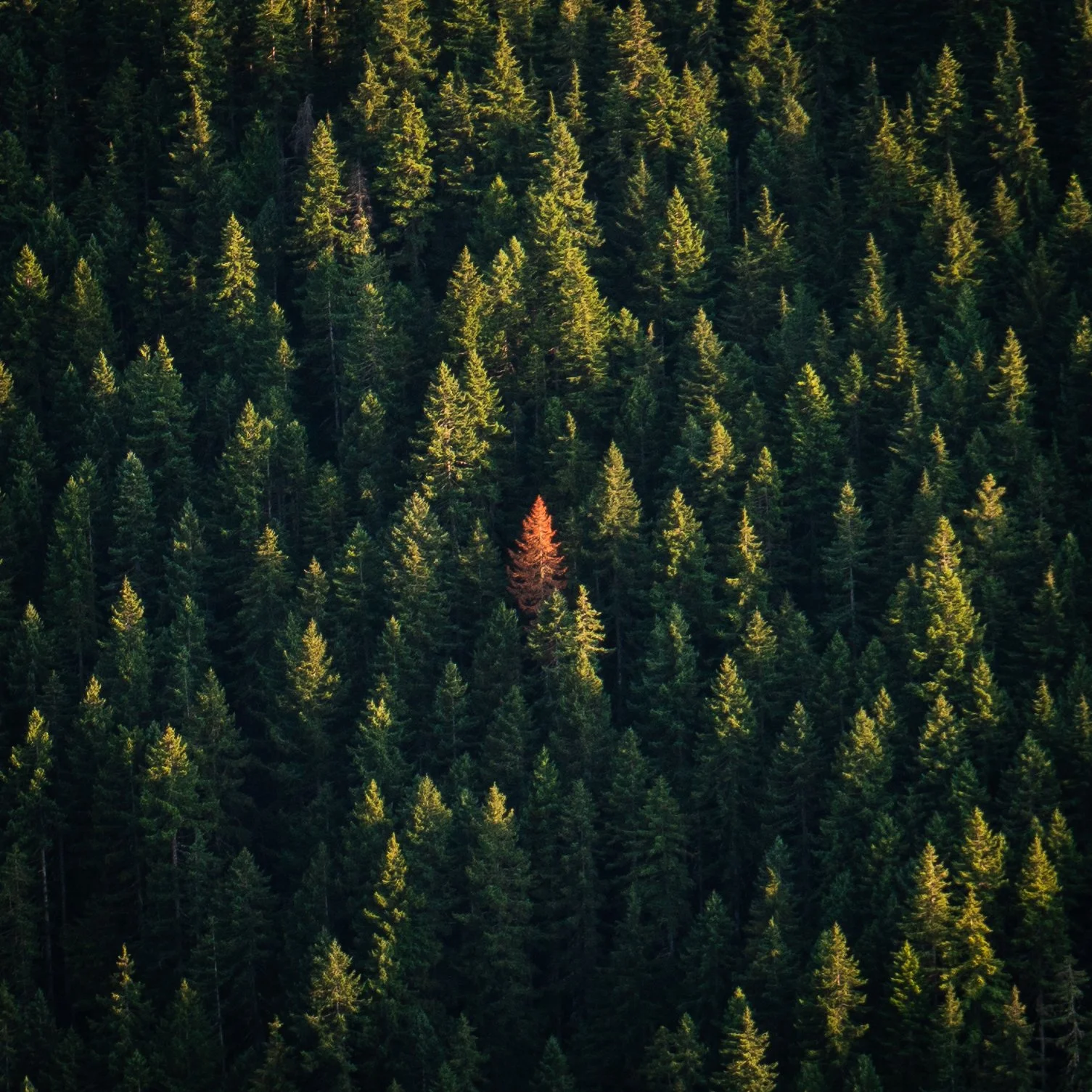How to Use Patterns in Your Photography
Learn about the third Principal of Art- Patterns. I’ll cover what patterns are, how to find them, and what the four primary types of patterns are.
In this tutorial, I’m going to be talking about the third Principle of Art, which is patterns. I'll start by covering what patterns are, then I’ll break down the four main types of patterns to look for when you are out shooting.
Let’s jump in!
What Are Patterns?
Patterns are essentially any element within a scene that is repeated multiple times for effect. The catch is that the elements must follow some sort of system of organization to be counted as a pattern- even if that system is no system.
Sounds confusing? Well, think of it like this- patterns are essentially a method of organizing chaos. This is achieved by finding a singular trend within a scene, and making that theme of the entire shot. It’s almost like a texture shot, except patterns are generally on a larger scale and involve more/bigger elements.
This photo, featuring a brilliant pattern of aspen trees, was taken at Bear Creek in Colorado.
Patterns are best used with the elements of line, shape, and color, but you can use them with any of the other elements of design. The easiest way to capture patterns is by learning how and when to crop your photo. By that, I mean paying attention to where the frame starts and ends in your shot.
If your frame is too big, you risk adding other elements into the photo that negate the pattern. If your frame is too small, you risk losing elements that add to the scope of the pattern.
One thing I like to do when I’m shooting patterns is to always shoot slightly wider than I anticipate. Even if I know the pattern is going to fit in a certain space, I’ll shoot wider so I have room to crop, rotate, and fix things while editing.
This image, featuring three different patterns, was taken at the Hyatt Regency in San Francisco.
Patterns are everywhere, but they are most common in man-made objects. This is because scenes with buildings, textiles, and technology are designed by the human mind, meaning they already have a sense or organization to them.
Nature is full of patterns as well, but they are a bit more rough around the edges and harder to spot. Forests are a great place to start because of the immense repetition of life, while places like deserts can be harder to find patterns because of the scarcity.
The Four Types of Patterns
Now patterns can be divided into four different categories- singular, multi, overlapping, and broken patterns. Let’s break down each of these with a few examples.
Singular Patterns
The first type of pattern I want to cover is the most obvious, which is a singular pattern. This means you take one repeating element and make it the entire shot. For example, check out this image right here:
This photo, representing a singular pattern, was taken at Balboa Park in San Diego, California.
It’s a bunch of sticky notes I found on a wall posted on a bulletin board. The singular pattern is the sticky notes that are all roughly the same size covering the wall. However, there is one sticky note in the middle with a heart on it, which ended up being the centerpiece of the shot.
Everything revolves around the heart which creates a complete, eye-catching pattern. You could replicate singular patterns with colors, lines, or shapes. Another example is this building:
This photo of windows was taken near the Colorado Convention Center.
The repetition of windows in consistent measurements makes a singular pattern. Buildings are probably the easiest way to start shooting patterns, as the outsides are almost always uniform.
Multi-Patterns
The second type of pattern to look for is multi-patterns. This is where you have multiple patterns within a single shot. For example, one half of the shot could be one pattern, while the other half of the shot is a completely different pattern. You might even include a third one…
For example, in this image we have two primary patterns:
This photo, representing multi-patterns, was taken at Keebler Pass in Colorado.
The first is the leaves on the outskirts of the image, while the second is the repetition of tree trunk lines. Together they blend nicely into a single, minimal scene.
The isolation of these two patterns into different parts of the image is what makes this photo great- a trick that can be replicated with any of the Elements of Design.
Overlapping Patterns
The third type of pattern is overlapping, which is one of my favorites because it’s severely underutilized in the photography community. Essentially you take similar elements and stack them on top of each other in a 3D plane to create a 2D pattern. For example, check out this shot right here:
This photo, demonstrating an overlapping pattern, was taken at Bahue Ranch in California.
The bottom half of the image was taken at a vineyard where all of the rows overlapped across the scene. It almost looks like a spider web mixed with crosses, giving it a slightly eerie vibe. These normally 3D patterns are now combined into a single 2D shape.
Then, to balance it out, the top half of the image shows smooth, rolling mountains, which add a nice contrast to complete the image.
Other great places to find overlapping patterns include power lines in cities, branches that twist and overlap, or even flowers with layered petals. Any plant with a straggly, tangled look can work. This type of shot is very underused and can help you stand out.
Broken Patterns
The fourth type of pattern is broken patterns. This is where, in a single shot, you first show a repeating pattern, then you show it breaking apart. For example, check out this image:
This photo, taken at Marin Headlands in California, is a great example of a broken pattern.
The fence in front of is covered in locks, creating a singular pattern. However, someone cut a circle in the middle of the fence, which broke the pattern. This allowed me to position the bridge inside that circle. Another simple example would be a forest of green trees with just one red tree in the middle, standing out and breaking the pattern:
This photo of a singular red tree was taken at Mt. Storm King in Washington state.
This technique is a great way to add interest and make patterns even more appealing to the eye.
A Final Word About Patterns
Overall, patterns are a fairly simple concept: be on the lookout for anything that repeats, isolate it, and you’ve got yourself a pattern. To level up your pattern game, incorporate more patterns that contrast your original ones.
Let’s go ahead and hop into the next tutorial, where I’m going to cover how to add Movement into your photos.








